Designing an optimized touchdown web page isn’t only a process — it’s an artwork kind. In order for you a touchdown web page that doesn’t simply exist however actively converts, it’s essential to grasp the craft of conversion-centered design (CCD). Able to stage up?
CCD is the science of crafting experiences laser-focused on reaching a singular enterprise objective. Consider it as your cheat code to information guests towards one particular motion — whether or not that’s sharing their particulars, studying about your providing, or taking the subsequent step in your conversion funnel. And on the coronary heart of CCD? Touchdown pages.
Landing pages are your final conversion device, designed with a single function: to drive customers towards a decisive motion. They use congruent design — every little thing working in concord to realize a singular goal. However how do you nudge guests towards the end line?
The reply lies in leveraging psychological triggers and design parts that focus consideration and encourage interplay. Let’s unpack the seven rules that make CCD tick.
Desk of Contents
What is conversion-centered design?
Once I take into consideration design for conversion, I prefer to think about it as a digital storefront. You know the way a well-organized, eye-catching retailer attracts you in and makes you wish to purchase one thing?
That’s precisely what CCD does — it’s all about creating internet pages, emails, or touchdown pages that not solely look nice however are strategically designed to information guests towards taking a selected motion. Whether or not it’s signing up for a publication, downloading an e book, or making a purchase order, CCD is the artwork of turning passive browsers into energetic contributors.
At its core, CCD focuses on:
- Readability
- Relevance
- Urgency
It’s not nearly aesthetics; it’s about understanding your viewers’s wants and eradicating any friction that may stand of their manner. Assume daring headlines, compelling calls-to-action (CTAs), and layouts that naturally lead the attention to the subsequent step. Each aspect is intentional, from the colours to the copy, all working collectively to create a seamless consumer expertise.
For me, the great thing about CCD lies in its steadiness — it’s each inventive and analytical. It’s about designing with function, testing what works, and continually optimizing to make sure your viewers doesn’t simply go to your web page however takes the motion you need them to. However, as they are saying, each home has its basis, and CCD’s consists of seven key rules.
The 7 Rules of Conversion-Centered Design
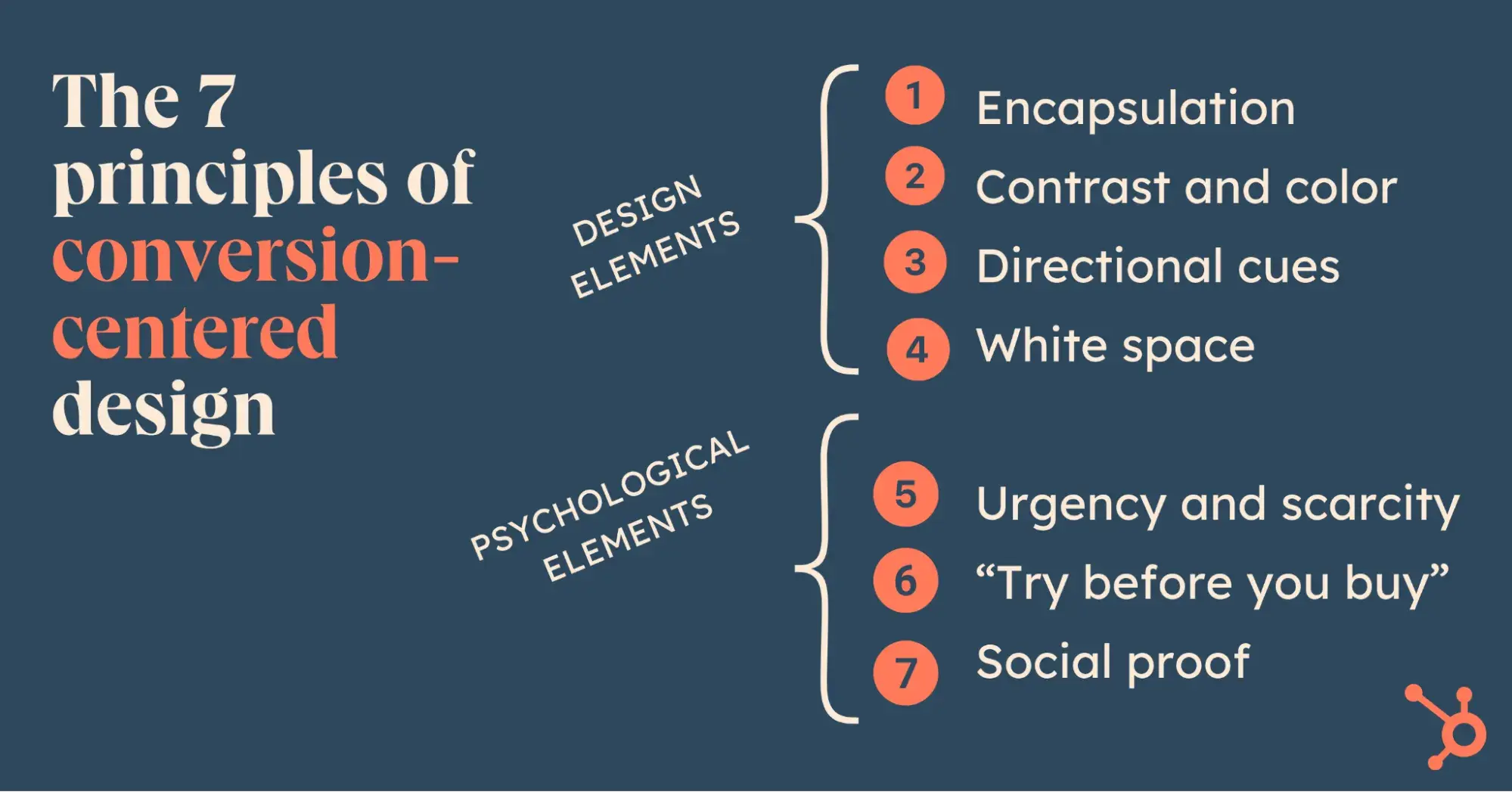
1. Encapsulation
It is a basic approach I like to make use of to information your guests’ consideration and create a tunnel imaginative and prescient impact. I like to think about it as carving out a transparent window in your touchdown web page — the place your call-to-action (CTA) is the view they will’t miss. It’s all about creating a focus that immediately attracts the attention and leaves no confusion about what to do subsequent.
In my expertise, it’s greatest to have one main object because the star of the web page — your important CTA — supported by secondary parts that complement it. In case you overcrowd the web page with too many competing phrases, photos, or CTAs, it may really feel like visible noise. Guests get overwhelmed, not sure of the place to look or what to do, and that’s after they’re prone to bounce. Maintain it easy, centered, and intentional, and also you’ll maintain them engaged and shifting towards that desired motion.
Instance of Encapsulation
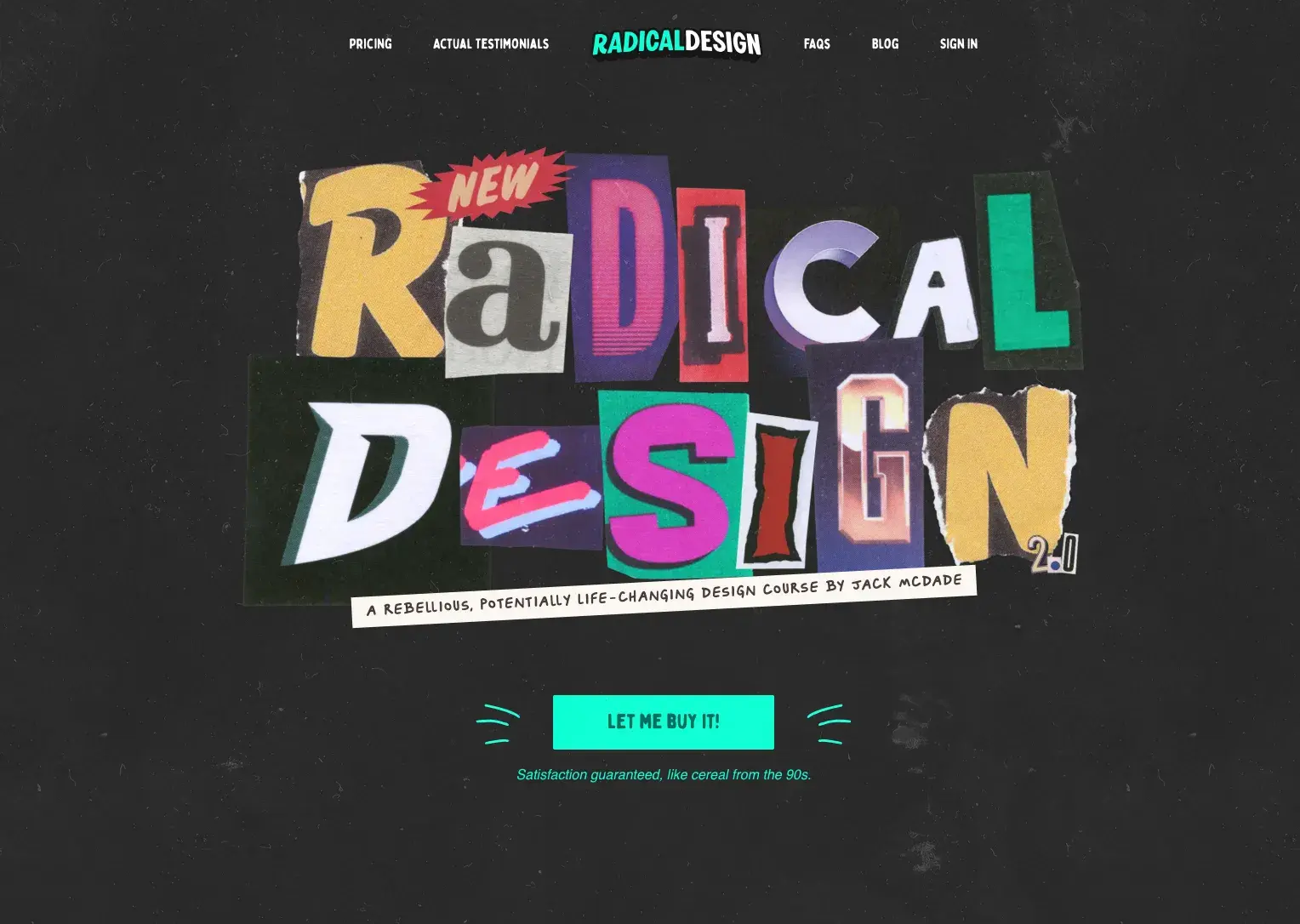
I believe this touchdown web page for Radical Design’s new design course is a superb instance of encapsulation. The darkish background helps maintain our eyes centered on the enjoyable, colourful phrases and makes the intense CTA actually pop. There’s nothing to distract us from the principle message of the web page.
Professional tip: Middle your important message within the imaginative and prescient tunnel. This doesn’t essentially must be in the midst of the web page (in actual fact, off-centered focal points create extra dynamic pages), however you wish to draw all of your viewers’ eyes to the identical level.
2. Distinction and Coloration
Distinction isn’t only a design precept — it’s a conversion weapon. Your CTA ought to scream “Click on me!” even from throughout the room. Combining related hues? Neglect it. However a vibrant orange button on a monochromatic structure? That’s the way you win eyeballs — and clicks.
The extra you can also make your CTA stand out from its environment, the better will probably be to see.
Color psychology issues, too!
Orange, for instance, is understood to generate optimistic emotions and generally is a nice selection for the colour of your CTA. Every hue carries emotional weight, and understanding these associations can assist you evoke particular emotions that assist your objectives.
- Pink: Hazard, cease, damaging, pleasure, scorching.
- Darkish Blue: Secure, calming, reliable, mature.
- Gentle Blue: Youthful, masculine, cool.
- Inexperienced: Development, optimistic, natural, go, comforting.
- White: Pure, clear, sincere.
- Black: Critical, heavy, demise.
- Grey: Integrity, impartial, cool, mature.
- Brown: Healthful, natural, unpretentious.
- Yellow: Emotional, optimistic, warning.
- Gold: Conservative, secure, elegant.
- Orange: Emotional, optimistic, natural.
- Purple: Youthful, up to date, royal.
- Pink: Youthful, female, heat.
- Pastels: Youthful, gentle, female, delicate.
- Metallics: Elegant, lasting, rich.
One other essential consideration is the contrasting effect of color. This concept borrows from white house and distinction methods in that it’s a way of isolation through distinction.
Instance of Distinction and Coloration
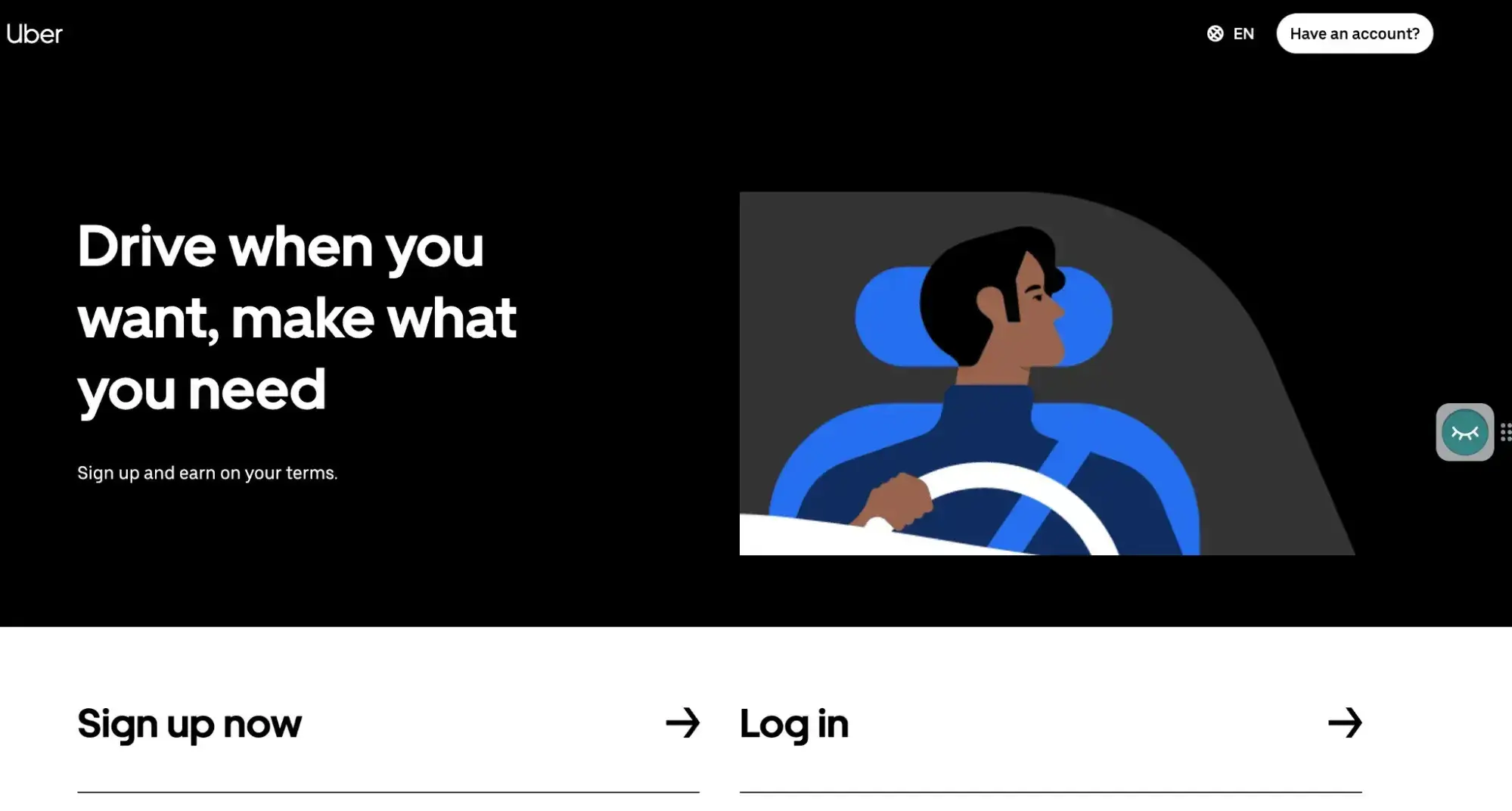
This has at all times been one in all my favourite touchdown pages due to how barebones it’s. White textual content on a black background, gentle blue on gray, white on darkish blue, executed. No nonsense, animations or beating across the bush.
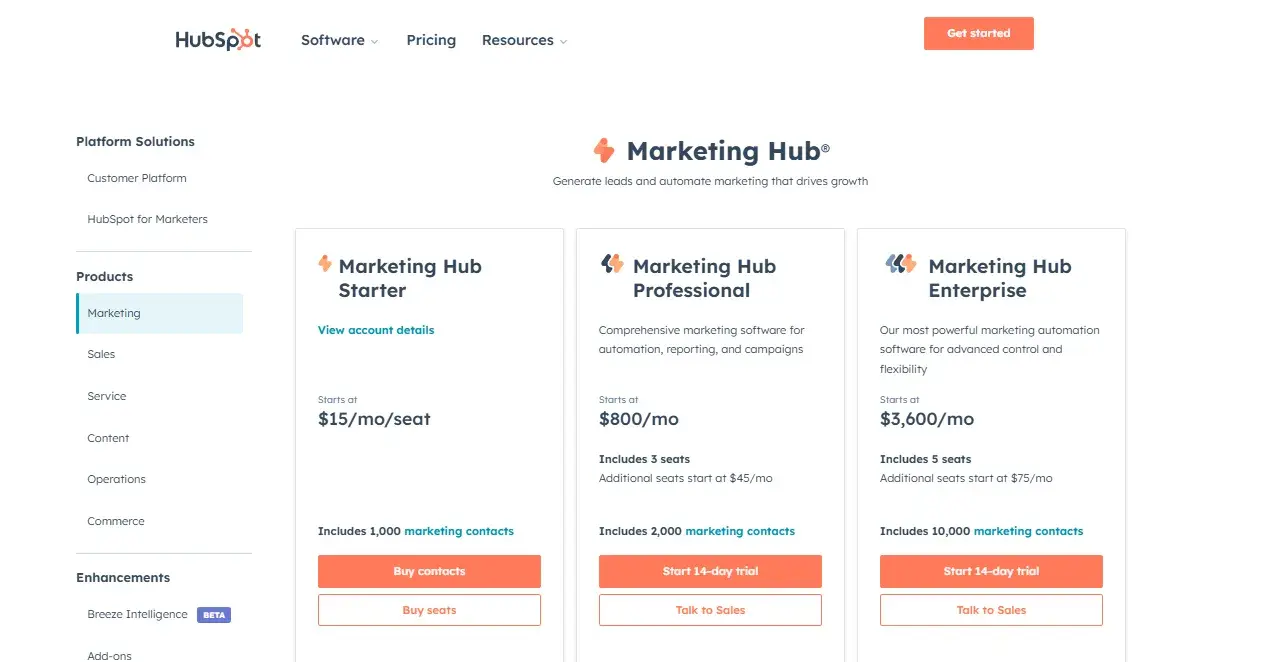
Ah, the outdated dependable. Orange is a really tough shade to incorporate “tastefully,” however HubSpot will get it executed with a easy white background. You’ll discover how there may be sufficient content material to make the white not too shiny.
Professional tip: Need an edge? Leverage distinction to make your button pop. In case your web page is cool-toned, a fiery purple or orange button will dominate consideration. Pair colours strategically to keep away from visible clashes whereas making certain most influence.
3. Directional Cues
People are wired to comply with instructions — actually. Whether or not it’s arrows, pathways, and even the gaze of a photographed topic, directional cues are visible street indicators guiding customers straight to your CTA.
These cues capitalize on our pure tendencies to hunt steerage, making them invaluable with regards to design for conversion.
Arrows
As directional cues, arrows are about as delicate as a punch within the face, which is why they work so properly. With so little time in your web page, visually guiding the consumer to the supposed point of interest is a brilliant transfer.
Arrows allow you to say, “Ignore every little thing else, and take note of this please.”
The superior instance beneath reveals 4 totally different cues directly. One arrow is extra aggressive, whereas one other goes in each instructions. There’s additionally two indicators pointing within the path of the header, subtly main folks in direction of key options. I like it as a result of it’s so free-flowing and direct on the identical time.
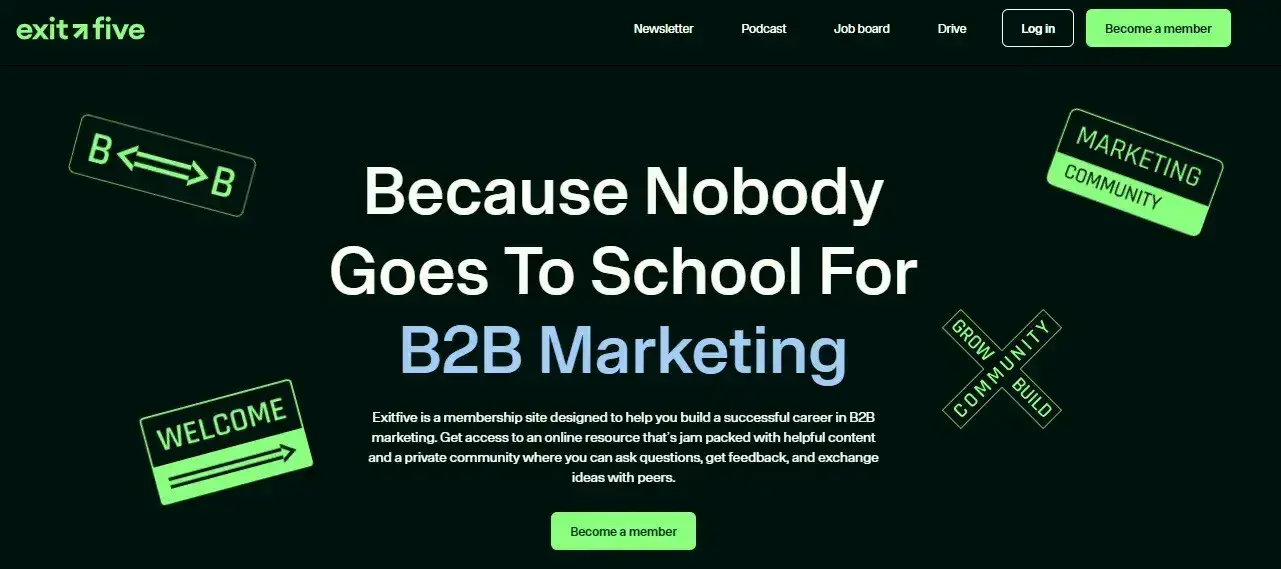
Now, let’s check out one thing extra fast and direct. The second instance reveals a person holding a Macbook, representing a glad consumer of Conversion Lab. I like how there aren’t too many bells and whistles, only a purple hand-drawn arrow pointing on the equally purple button. Much less is extra, of us!
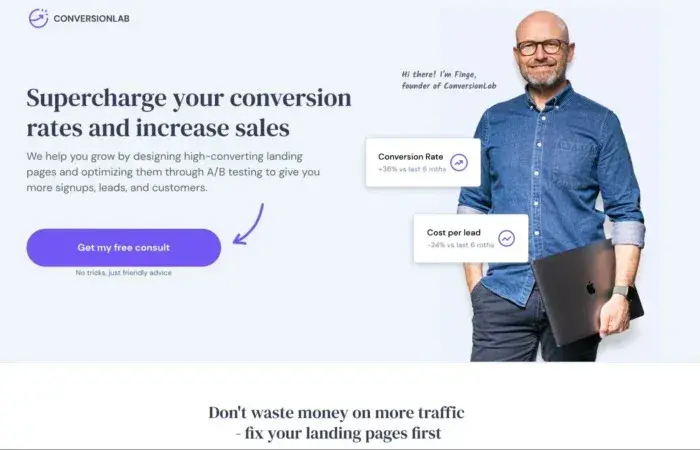
Professional tip: For optimum effectiveness, I recommend you design converging traces to attract folks to your CTA. Triangles are probably the most dynamic of all shapes, and their pure tendency to level makes them a particular design device, in the identical manner that an arrow is a extra intricately designed pathway.
Pathways
One other nice design aspect listed here are pathways. Pathways characterize real-world way-finding avenues that set off our brains into pondering we have to comply with them. Roads are so strongly ingrained in our psyche as the trail of least resistance, that we naturally gravitate towards them as a transport information.
This instance reveals a windy, inviting street, resulting in some fabulous… properly, Italian journey… as described by this tour firm. Discover how the CTA is positioned in order that your eye follows the trail straight to it?
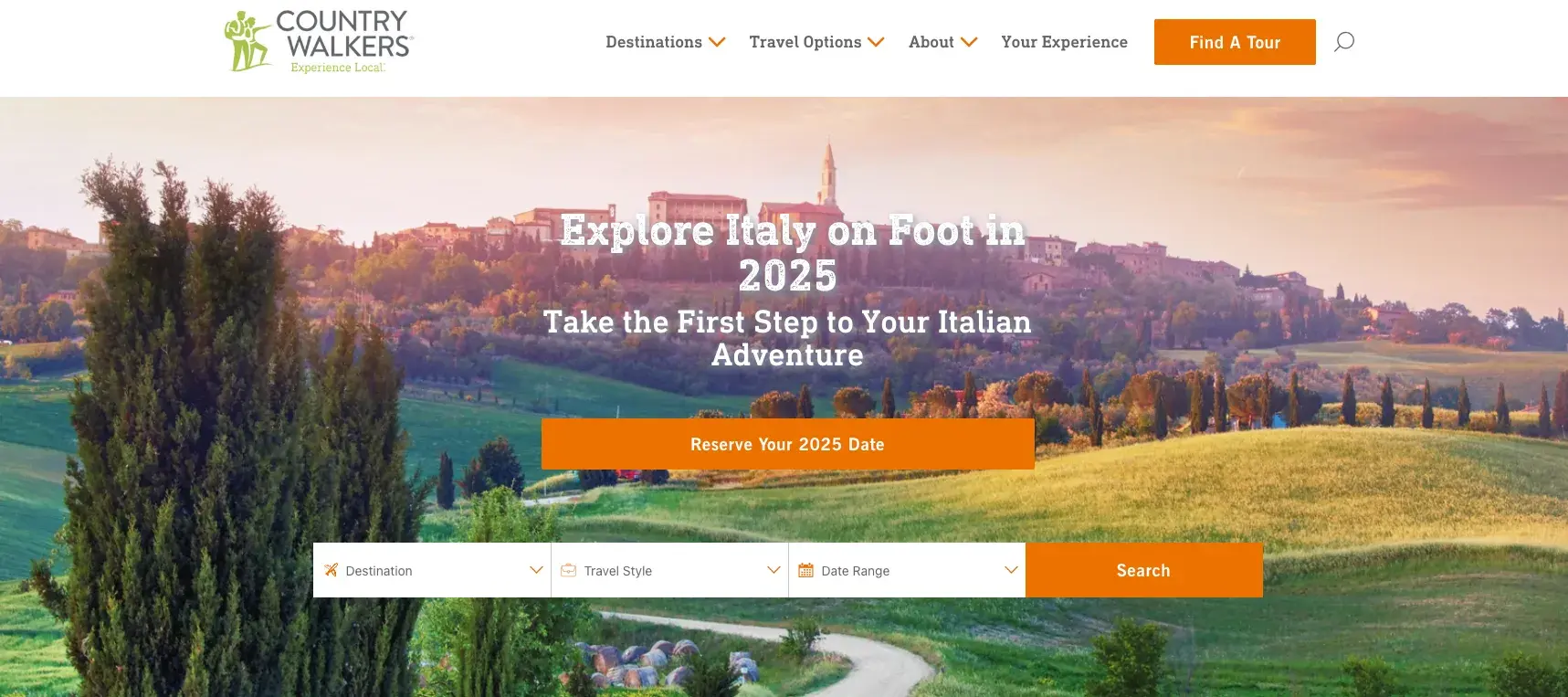
Suggestive Energy of the Eye
As people, we’re all programmed to know the aim and use of eyes and the which means that comes from the eyes of somebody or one thing else. Who’re they taking a look at? What’s the gaze like? What emotion can we learn from it?
Within the first instance beneath, the girl is trying on the display screen, which is coincidentally in the identical path because the button to begin a Professional trial without spending a dime. Her face additionally has an expression of pleasure, which instantly made me wish to know what all of the fuss was about. Curiosity is the motivation that forces you to comply with his gaze.
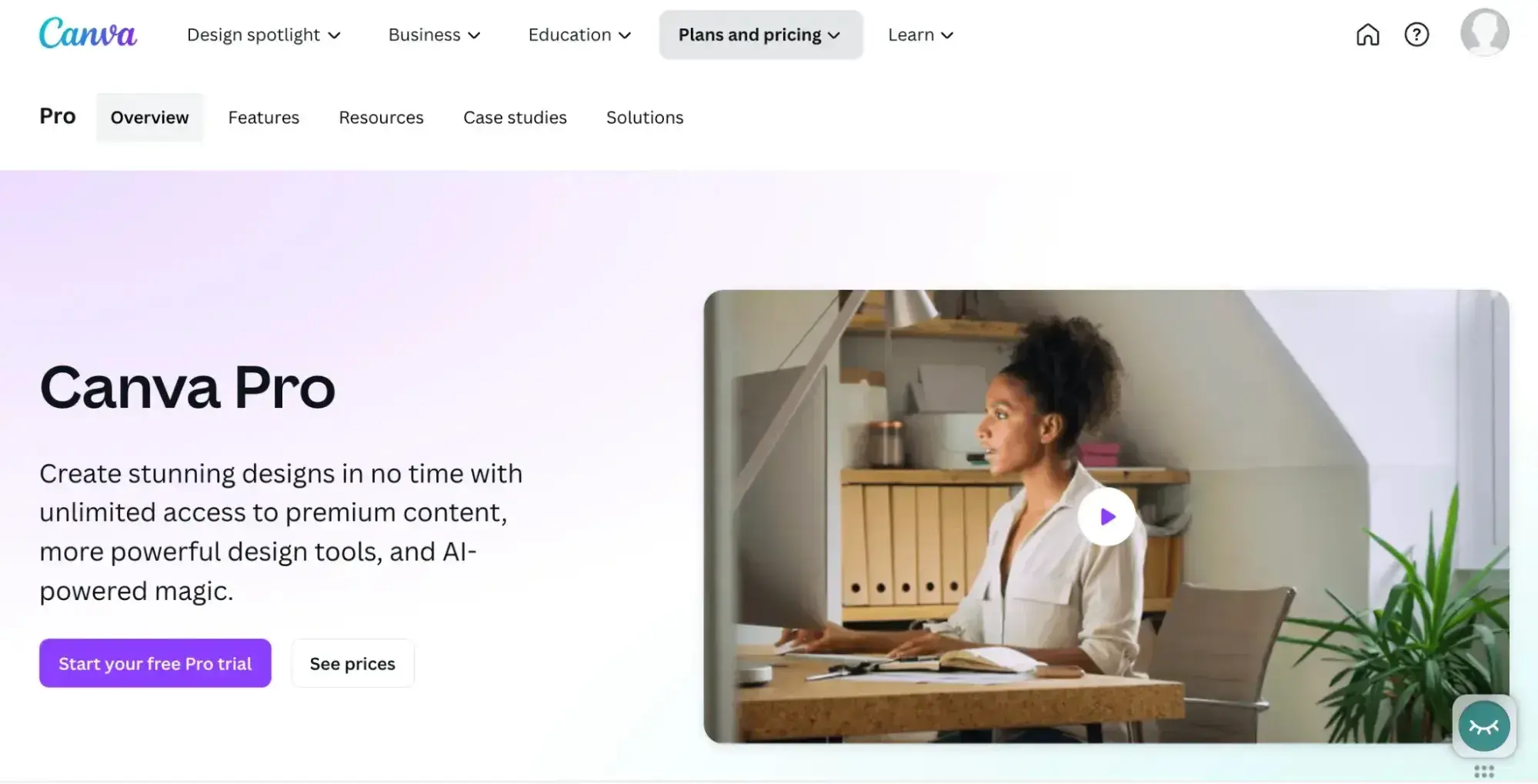
You’d need your conversion goal to be the place she, and everybody else, is trying.
Within the second instance beneath, the directional cue is extra delicate however nonetheless very clear. Your consideration is first pushed to the highest proper brush, which is pointing virtually precisely on the Store Now button.
The one beneath can be outstanding, pointing to the Store Now button in the midst of the touchdown web page, which can be, by the way, a distinct shade in comparison with the one I first identified. Lastly, to finish the triangular form round the principle conversion button, the third brush is a high-contrast place, pointing straight in direction of the Goby brand. Now that’s what I name concord.
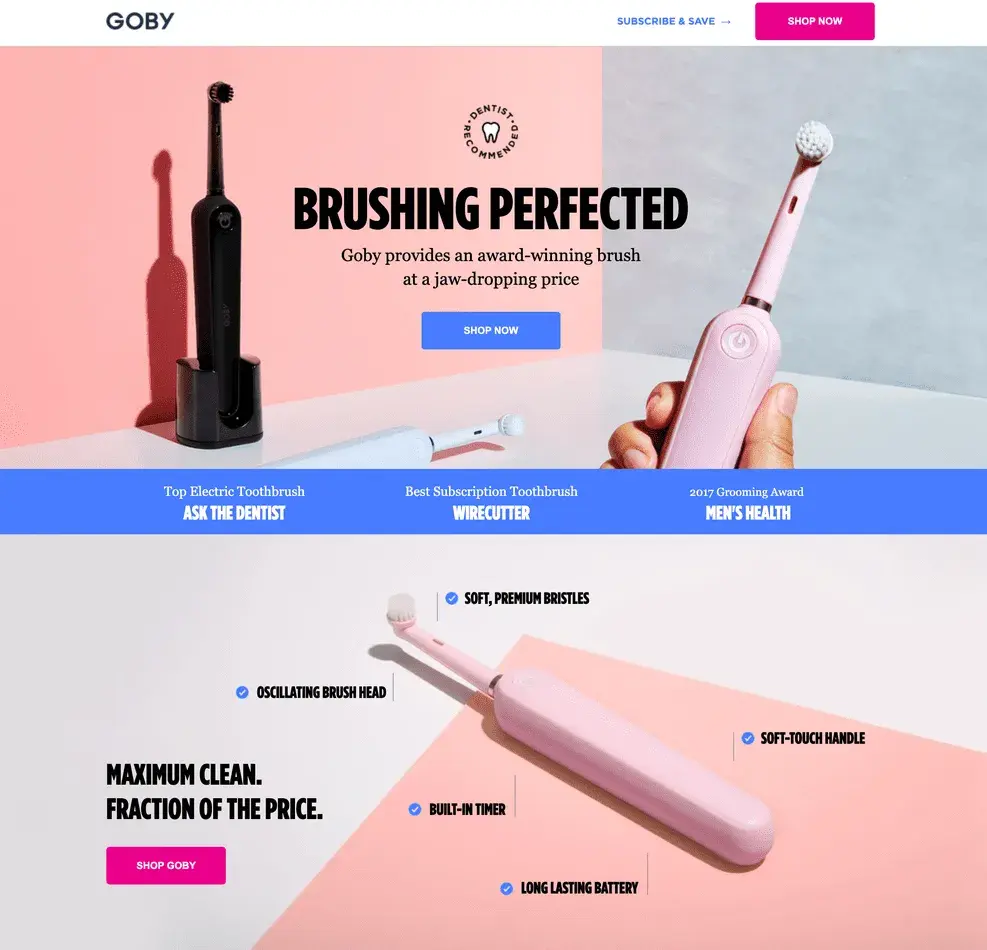
4. White House
White house is a design aspect that always goes unnoticed — but it’s one of the vital highly effective instruments for creating emphasis. This empty space surrounding key parts clears muddle, enhances focus, and brings readability. It’s the visible equal of a pause that lets your CTA sink in.
I like to think about white house because the quiet that makes the message louder. It’s not only a stylistic selection — it’s a strategic one.
Instance of White House
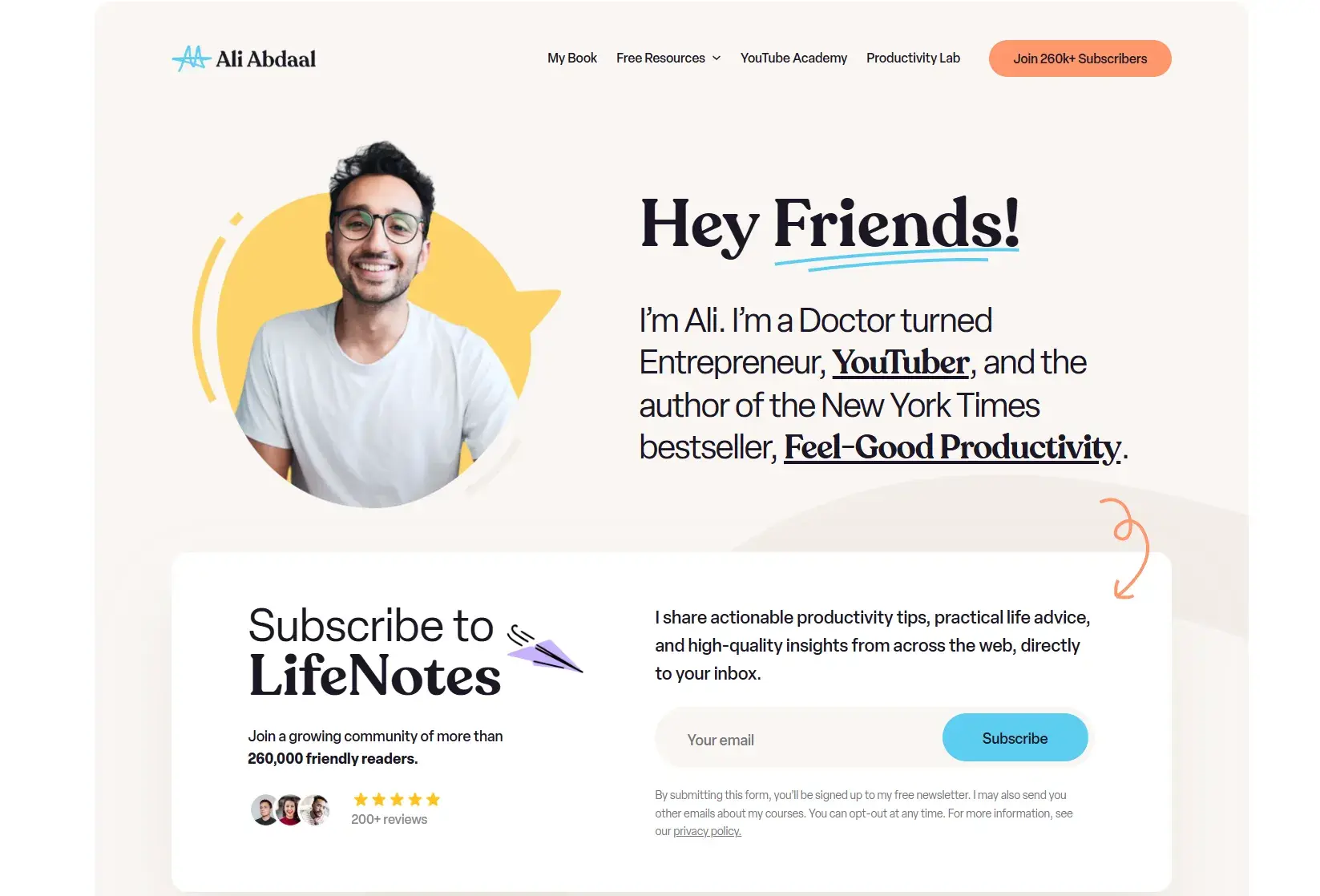
Ali Abdaal retains it easy however nonetheless manages to ship a surprising, advanced web page. How precisely? Take note of the totally different shades of white and gray. My eyes didn’t register them as colours designed to fill the house, as a substitute perceiving them as common vacancy. However once you look nearer, every little thing is cohesive and the directional cues are all there.
Professional tip: White house provides your parts room to breathe. Lowering muddle, you amplify the influence of focal factors, similar to your CTA. The interaction between clean house and design parts creates a relaxing but participating aesthetic that retains customers centered and attentive.
5. Urgency and Shortage
Now we’re shifting from design rules to psychological parts that assist create high-converting touchdown pages.
Two of the commonest psychological motivators are using urgency (restricted time) and shortage (restricted provide). They’re easy ideas that may be utilized in plenty of methods.
Instance of Urgency
“Purchase now.” “Don’t miss out.” We’re used to listening to most of these phrases. Statements of urgency are used to coerce us into making a buying determination straight away. However how do you employ them successfully?
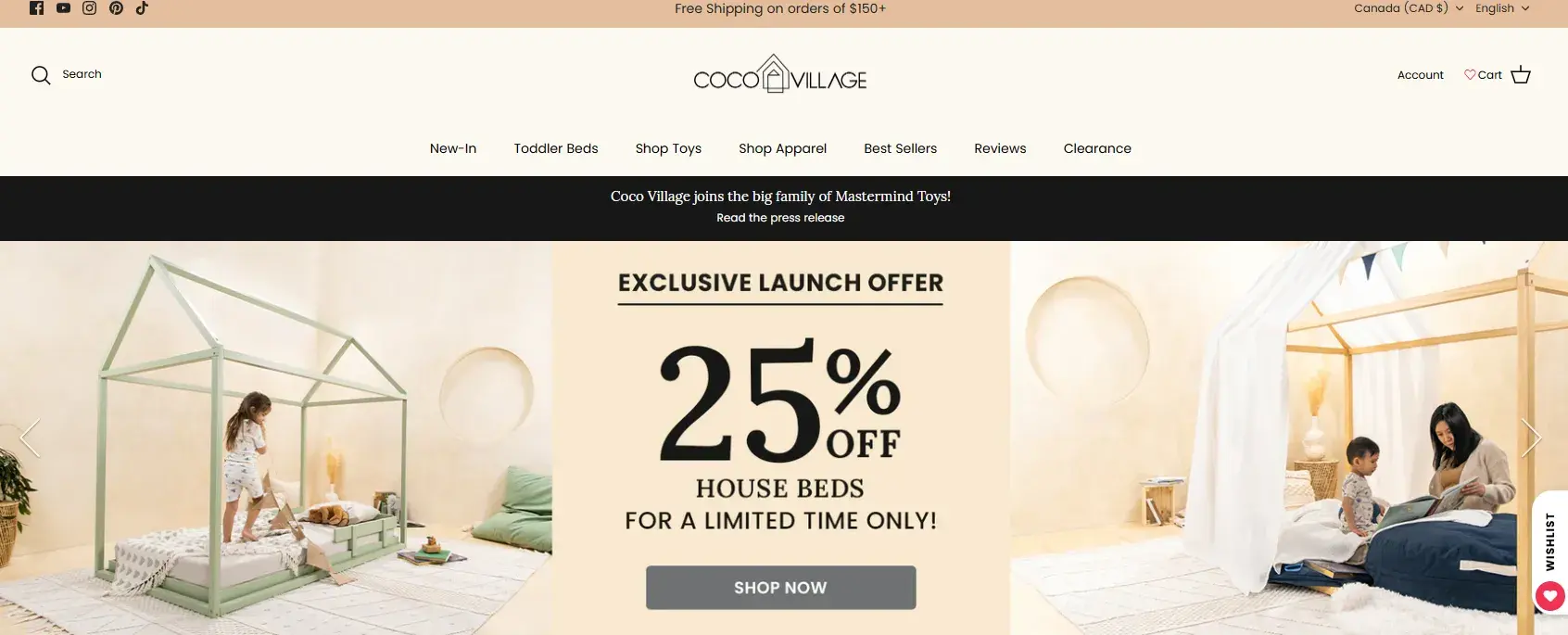
That is how. Coco Village manages to create a way of urgency with out extra strain utilizing three totally different parts. Once I opened the web page, my eyes have been instantly centered on the 25%, adopted by the phrases “unique” and “restricted time solely.” The delicate reminder doesn’t rush potential leads, however nonetheless manages to hasten the choice making.
Instance of Shortage
As people, we naturally really feel nervousness and a sense to hurry when one thing is working out. We wish to snatch it ASAP with out contemplating too many extra components. That’s why there’s a restricted time to utilize this sense of urgency.
Airline ticket buying may be very delicate to the idea of shortage, because the variety of seats quickly diminishes because the flight time nears. To leverage this, Expedia makes use of transparency as a psychological set off to encourage you to get your bank card out and e book straight away.
They do that by exhibiting the variety of seats left on the flight, however solely when the quantity is low, like solely three seats left, as proven on this instance:

6. “Strive Earlier than You Purchase”
Let’s be sincere: Who hasn’t swiped a grape or two on the grocery store simply to ensure they’re price shopping for? It’s like a universally accepted little act of thievery that all of us justify in our heads. Some really feel responsible, others don’t, however everyone knows the drill.
As a marketer, you may take inspiration from this. Let your viewers “style” your product with out hesitation or concern of dedication. Somewhat free pattern goes a great distance in constructing belief and curiosity.
Instance of Previews
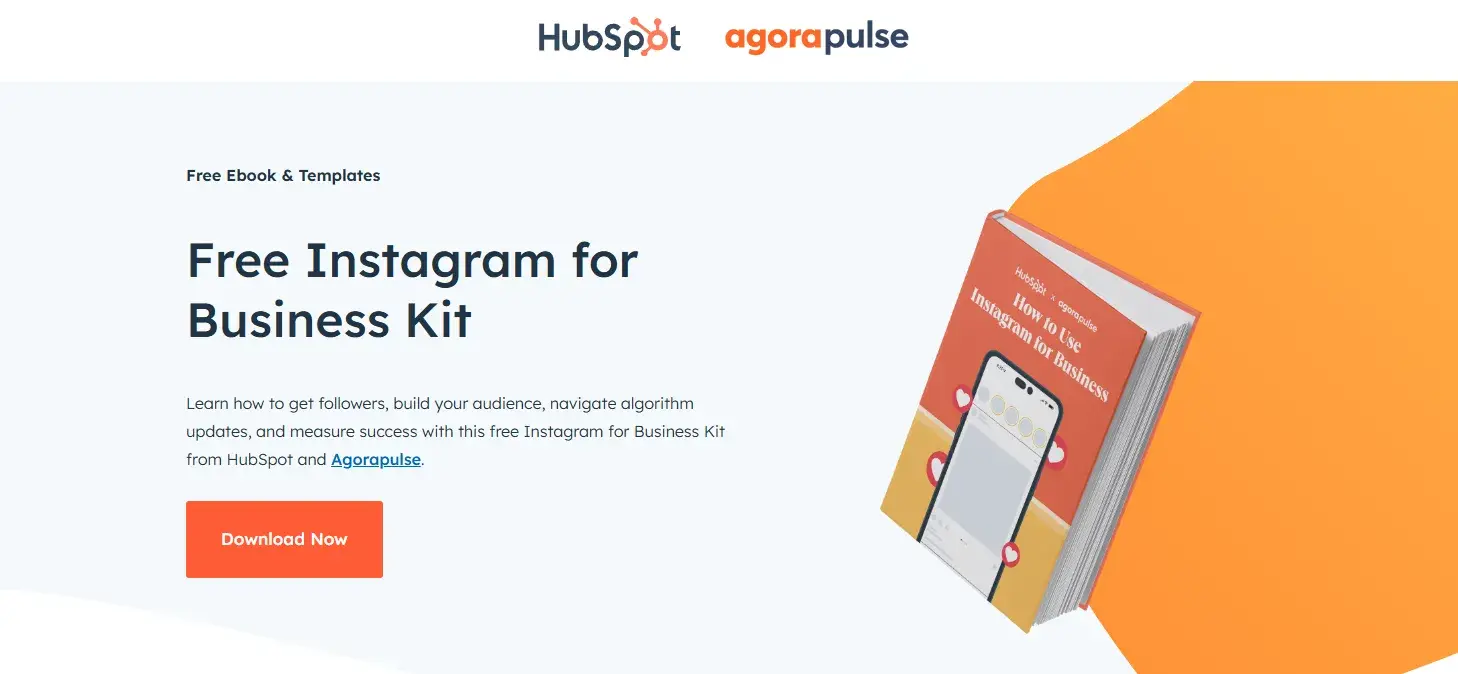
Individuals love a sneak peek earlier than committing. In case you’re providing an e book, why not give away the primary chapter as a free obtain? Or, take a snippet and switch it right into a weblog submit with a CTA that claims, “Obtain the complete e book.”
Not everybody will chew, and that’s okay — you’re removing the tire-kickers and specializing in high quality leads as a substitute of piling up lots of of contacts who’ll by no means convert. It’s all about working smarter, not more durable.
Amazon is a basic instance of this precept with its “Look Inside” function, which helps you to learn a portion of the e book prematurely.
Professional tip: Letting folks try your product earlier than committing reveals confidence. It’s like saying, “We’ve got nothing to cover” — and that builds credibility. Individuals are far more doubtless to purchase after they belief what they’re getting. Transparency isn’t only a nice-to-have; it’s a game-changer for conversions.
7. Social Proof
Social proof works as a result of people are wired to belief the actions of a crowd. If everybody’s doing it, it should be good, proper? It’s the “me too” consider motion and it brings prompt believability.
You may create this identical impact on-line. Showcase your social proof: the variety of shares, downloads, or sign-ups. Individuals love seeing numbers that say, “Hey, everybody else is doing this” — it’s an effective way to seize consideration. Testimonials are one other goldmine, particularly after they’re from acquainted names or industries your viewers trusts.
Instance of Social Proof
Typically, I get caught up in all of the UI parts that must be on a touchdown web page that I neglect how irrelevant they’re in comparison with phrase of mouth. If there are actual folks advocating for the product, then the belief stage rises considerably.

Professional tip: Testimonials can hinder conversion charges if used incorrectly. Uncover some prime suggestions for leveraging customer testimonials.
Design for Conversion
Via scripting this piece, I remembered the ability of conversion-centered design and the way psychological rules affect consumer habits. Breaking down the seven key rules strengthened how strategic design parts — like distinction, directional cues, and urgency — can considerably influence engagement and conversions.
Extra than simply aesthetics, CCD is about guiding customers with intention, making each design selection purposeful. The method additionally highlighted the steadiness between creativity and data-driven optimization, reinforcing the concept efficient touchdown pages mix each artwork and science to drive outcomes.
Editor’s observe: This submit was initially printed in June 2013 and has been up to date for comprehensiveness.





















